Understanding Departing Load Charges for Non-Export Systems in California

As the number of self-generation and non-export systems continues to grow in California, developers should be aware of additional charges that customers may be required to pay to the investor-owned utilities (IOUs) in the form of Departing Load Charges (DLCs).
Breaking Down ETB Developer’s NEM Programs for the Net Billing Tariff
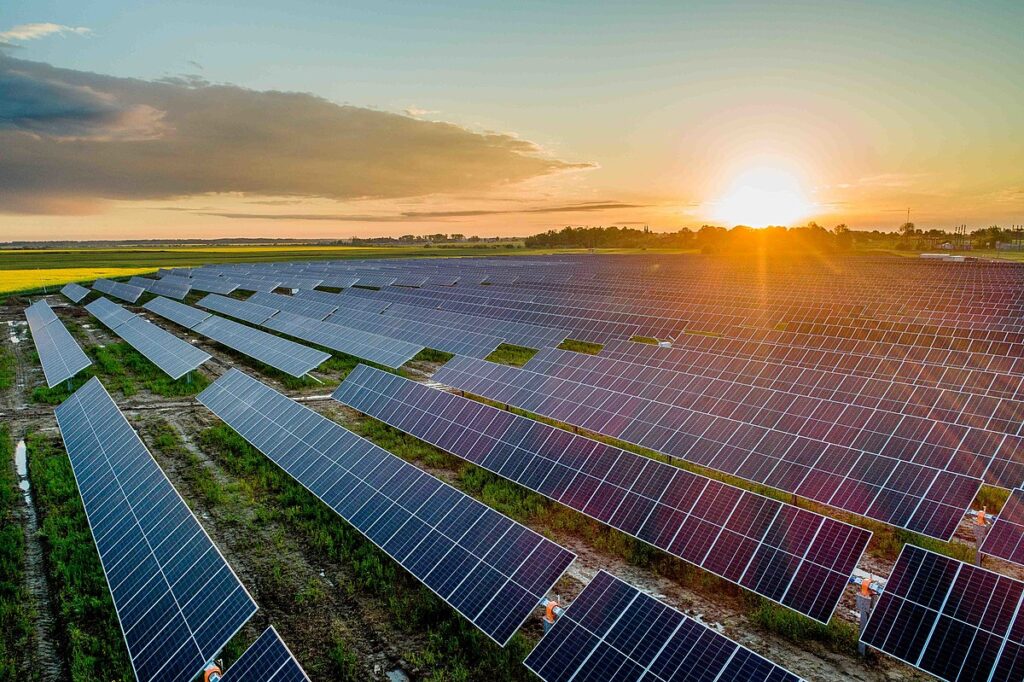
We recently covered the 2024 Update to the Avoided Cost Calculator for California’s Net Billing Tariff (NBT) and how we handle this in ETB Developer with the NEM Programs feature, and we thought it would be helpful to further explain each of the available NEM Programs we’ve created for the California utilities.
The 2024 ACC Update and What it Means for California Solar and Storage in 2025
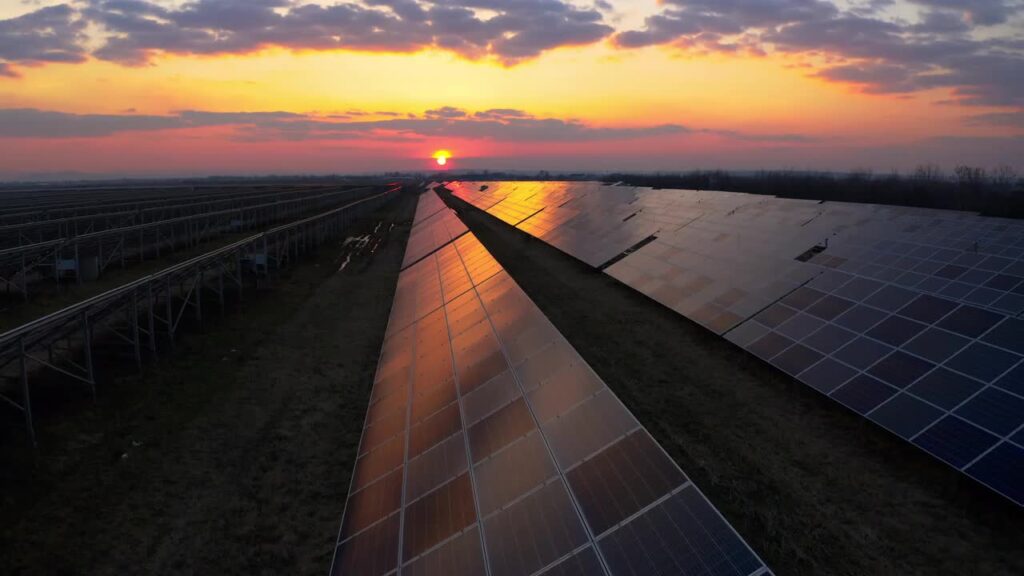
Since the Net Billing Tariff (NBT) went into effect on April 15th, 2023, many solar developers and customers in California have wondered what the program’s future will look like.
ETB Developer’s Newest Feature: NEM Programs

We’re excited to announce our newest feature – NEM Programs – for ETB Developer. This feature includes pre-built net energy metering (NEM) or net billing programs that users can select in an Energy Use Profile.
How Utility Rate Inflation Impacts Energy Storage Viability
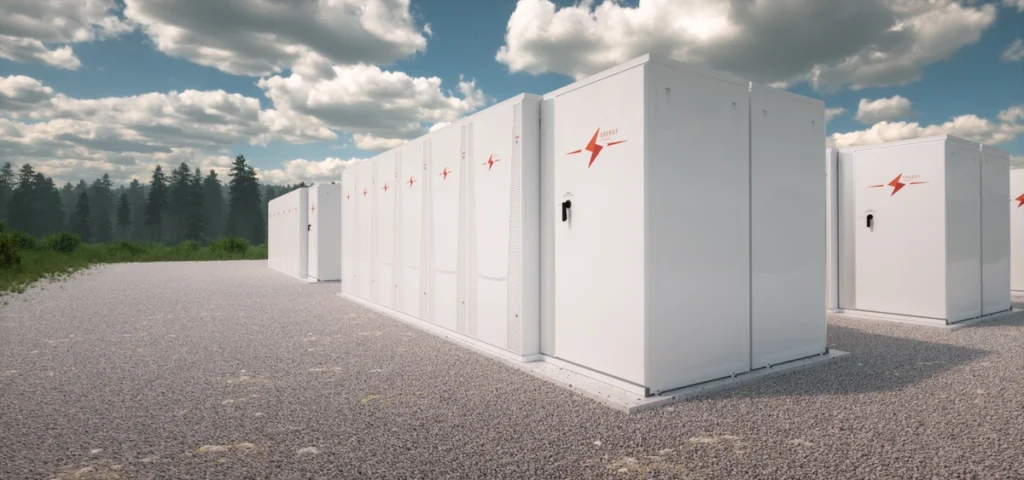
As energy markets constantly change, utility rate inflation remains a significant driver of change, creating challenges and opportunities for consumers and businesses alike. One notable shift is the erosion of value for standalone photovoltaic (PV) systems under the NEM 3.0 framework.
We’ve Launched a New Feature in ETB Monitor: Green Button – Connect My Data
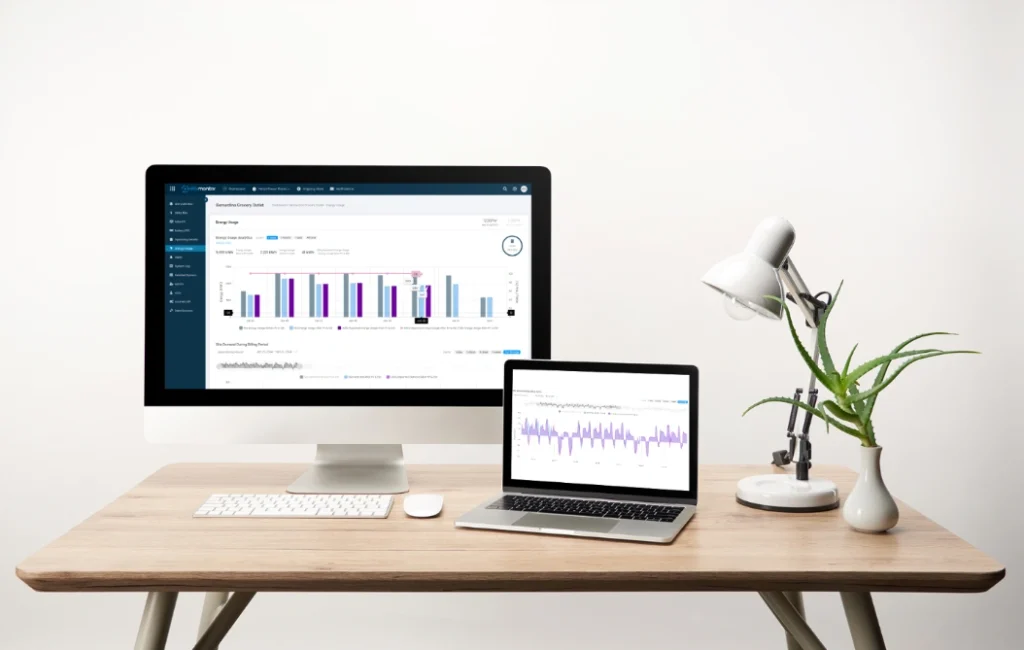
We are excited to announce the launch of a new feature in ETB Monitor that gives our users yet another layer of accuracy when monitoring their solar and energy storage assets in the field.
The Impact of NEM 3.0 on Utility Rate Inflation
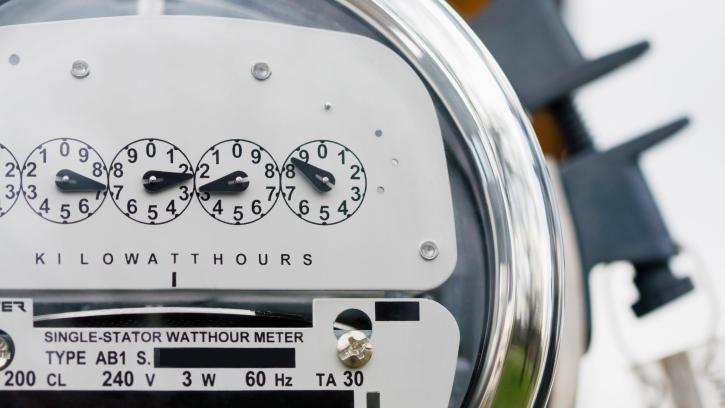
It’s been almost a year since California’s California’s Net Billing Tariff (NEM 3.0) went into effect, which profoundly impacted utility rate inflation, completely decoupling the value of imported energy from exported energy.
The Future of Utility Rate Escalation in California

Utility rates in California’s Investor-Owned Utilities (IOU) have escalated at a compound annual growth rate of 3.9% to 7.4% over the last ten years. Energy Toolbase recently conducted this study to provide a transparent account of the rate inflation and predict future inflation rates, serving as a guide for how those in solar and energy storage sales will define utility rate escalation in their proposals.
The Dynamics of Retail Electric Rate Changes in California

Given the volatility of California’s energy market, it is no surprise that several factors are at play that strongly impact the state’s retail electric rates. In this blog, we will examine the main drivers of retail electricity cost inflation and provide a higher-level understanding of historical rate increases and how …
Entering a NEM 3.0 Era: Here’s What’s Changing for Solar and Energy Storage

NEM 3.0 is at our doorstep. On December 15, 2022, the CPUC voted unanimously to pass NEM 3.0, which will dramatically change California’s solar and energy storage landscape . NEM 3.0 will reduce the value of exported energy by roughly 75% , leaving rates at a fraction of what they …
Commercial Buildings Mandated by The California Energy Commission (CEC) to Add solar and energy storage
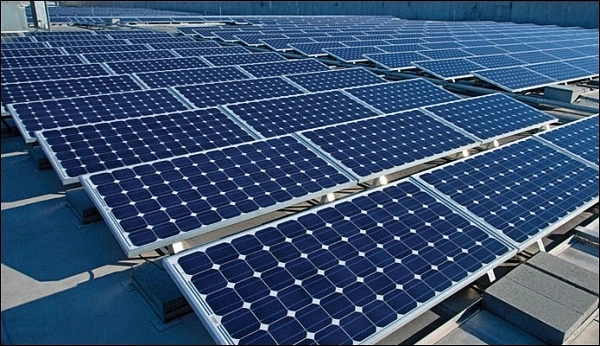
Newly constructed commercial buildings in California are now required to add solar and battery storage systems. On January 1, 2023, the California Energy Code instituted the requirement, updating the Building Energy Efficiency Standards for residential and commercial properties, as part of its push to obtain 100 percent carbon neutrality by 2045
NEM-3 “Net Billing” Tariff Revised Proposed Decision (November 2022) – Summary of key issues, What it means for Solar and Storage Economics, How to Model Projects in Energy Toolbase
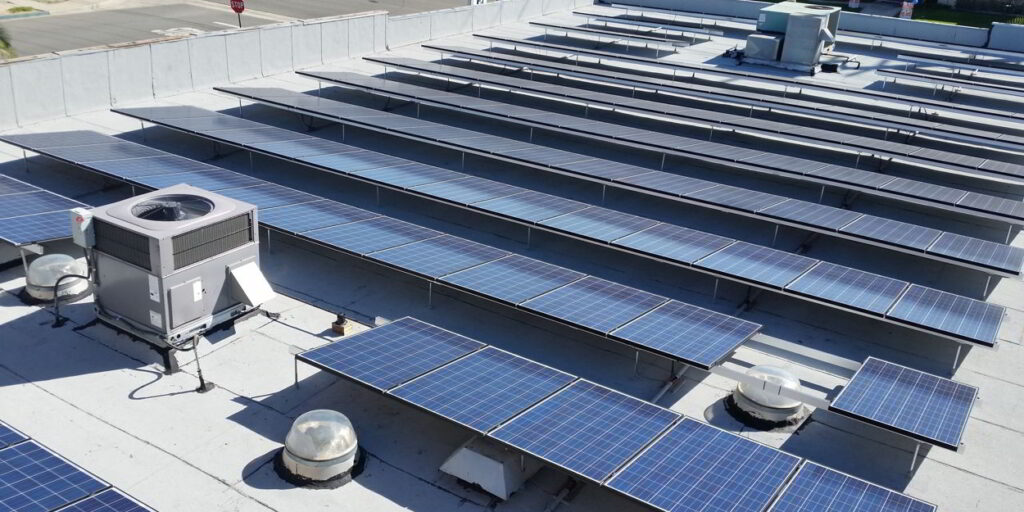
The California Public Utilities Commission (CPUC) released their much anticipated, revised Proposed Decision (PD) on the state’s “NEM-3” successor net metering tariff last week. The newly revised PD establishes a “Net Billing” tariff that introduces an entirely new framework for valuing exported energy.
